Kathy Farrell Says Truist Will Be a Lending Force
Kathy Farrell, head of CRE lending at the bank that resulted from the merger of BB&T and SunTrust, talks capital markets and strategy.
The merger of equals between BB&T and SunTrust Banks was officially completed at the end of 2019 in a deal estimated at $66 billion. Now called Truist, the combined financial institution has more than $460 billion in assets. Kathy Farrell, head of commercial real estate for Truist (formerly with SunTrust), discussed the company’s strategy and forecasted what sourcing new opportunities will look like in 2020.
READ ALSO: Lenders Line Up for Midsize Loans
What are Truist’s business’ goals for the year ahead?
Farrell: This is going to be an unprecedented year for us. As the sixth largest bank in the country, we are very excited about what Truist will be able to do for commercial real estate property owners and developers. Our goal is to be the premier provider of capital and banking solutions, and we aim to do that through the combination of our local relationships, deep industry expertise and broad market knowledge.
Tell us about a recent successful financing deal that you orchestrated.
Farrell: Job growth in the Southeast continues to expand, reflecting the strong economic environment, great weather and good university network, among other attributes that are driving in-migration to the region. Given this activity, we have worked closely with our clients on the building of new state of the art and amenity-rich headquarters—regional and/or national.
One example is the Anthem Technology Center in Midtown Atlanta, where we served as the lead arranger on two separate construction loans to Portman Holdings for the development of nearly 600,000 square feet. Both buildings are anchored by health insurance giant Anthem, with the first building scheduled for delivery in the first half of 2020 and the second tower expected to open in 2021.
The buildings share a city block, providing integrated lobby space, street-level floor activation, an eighth-floor terrace space, walkability to transit and on-site bike facilities. The location is near Portman’s recently opened Coda Tech Square and brings together an innovative and vibrant urban core mixed-use complex. Georgia Tech is the anchor tenant in Coda Tech Square, along with a roster of technology-driven tenants.

What are your key takeaways from 2019’s capital markets landscape?
Farrell: The landscape is highly competitive. The proliferation of debt fund lenders, resurgence in CMBS activity and strong LifeCo and bank appetite has created an environment that is pushing loan structure, while at the same time reducing pricing. Full property valuations are driving the need for more structured financing vehicles as investors look to meet return hurdles. Senior/sub loan structures, which were popular during the prior boom, have gained market acceptance once again. All this competitive activity, combined with late-stage cycle concerns, are contributing to lower production levels for some capital providers, namely banks. The key takeaway is that it was a good year to be a capital user.
In such a prolonged growth cycle, what would be considered an investment safe haven?
Farrell: While I’m not an expert on safe haven investments, we have always viewed housing and, in particular, multifamily as a stable property source that weathers cycles pretty well. An area of significant focus right now is affordable housing and the need for not only deep affordable, but also what is known as workforce housing. A family of four at or below the area median income in most of our large and high-growth cities are paying a disproportionate amount of monthly income to rent. Gentrification, abundance of new luxury multifamily and increased housing costs, have all led to the scarcity of affordable housing options.
READ ALSO: Workforce Housing Remains an Attractive Investment
How do low mortgage rates and high property prices and construction costs impact Truist’s plans for 2020?
Farrell: The key for us will be to maintain our disciplined approach to underwriting new opportunities. This is especially true for new construction as land prices and labor costs have all grown significantly, pushing budgets up at rates exceeding rent growth in many markets. In addition, with cap rates at record lows, property values continue to be very strong and could perhaps be priced at full value. Right now, there is a gap in the capital stack between banks comfort level and borrower total financing needs. Mezz lenders and A/B structures are stepping in to fill that void.
In addition to an expected economic slowdown, what else should a risk management strategy for the next 12 months focus on?
Farrell: How properties are used and the impact that is having on design is a big focus for us right now. Take office properties, for example. It used to be that a landlord signed a 10-year lease with a firm, provided the agreed upon amount of space and collected rent. Today’s office tenant demands so much more from the landlord. Lobby space design, amenity package, flexible workspace, retail tenant mix and proximity to transportation are all playing a key role in the decision-making process of tenants.
The smart owners are figuring this out and adapting to provide the customized, service-oriented solutions tenants are demanding. This trend is happening across all property types and frankly needs to be front and center in any property financing discussion.

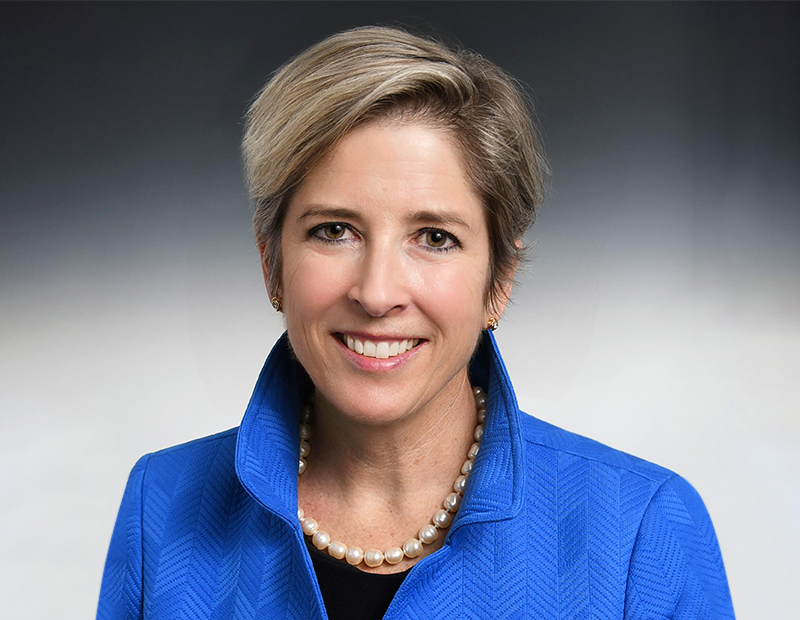
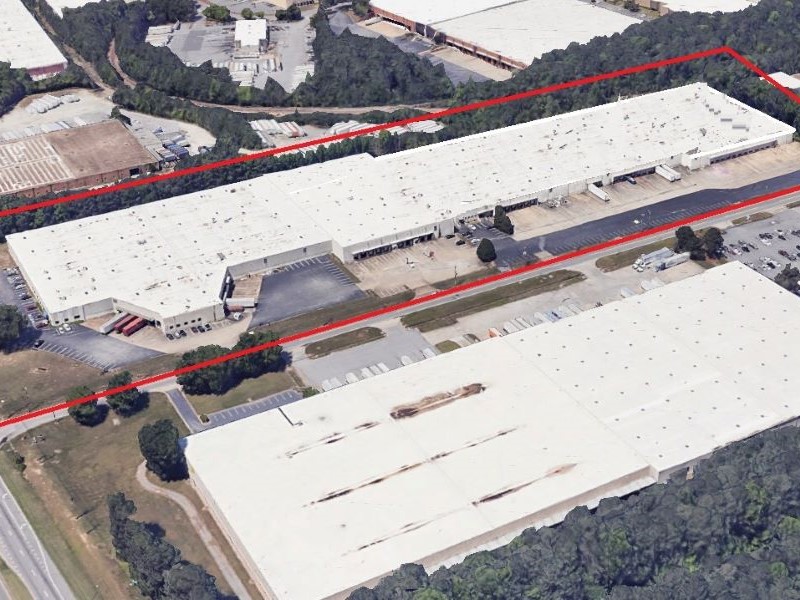
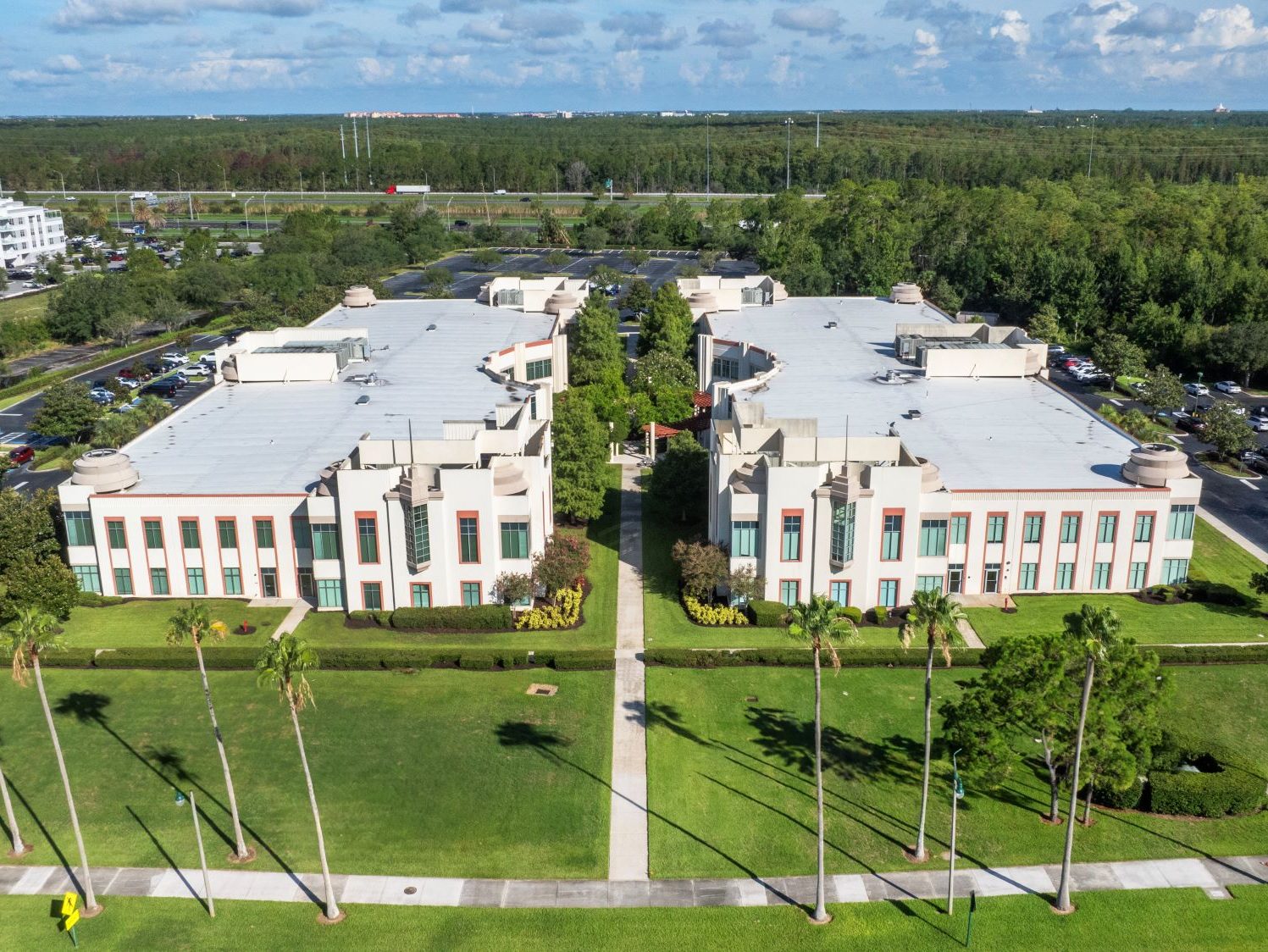
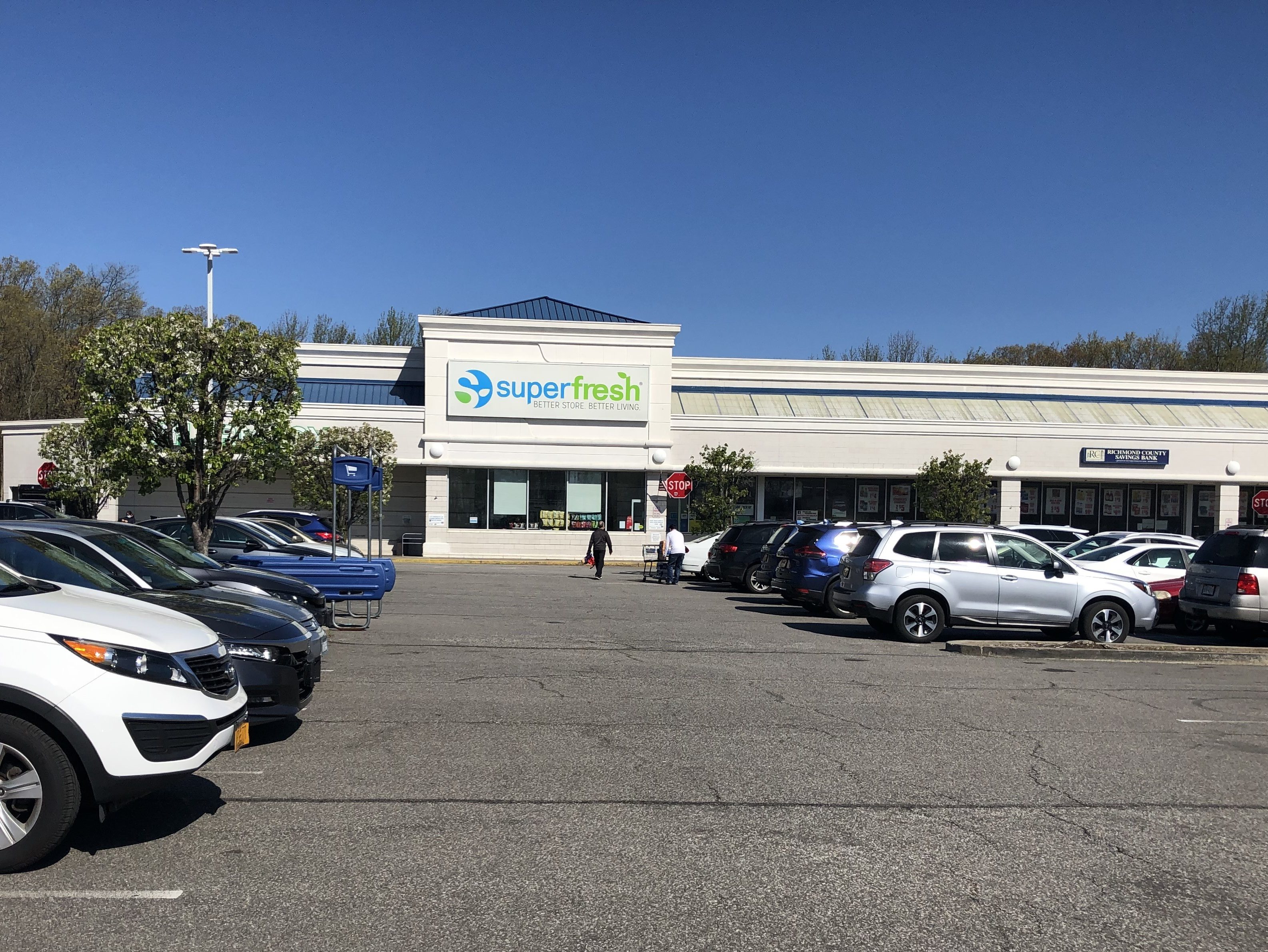
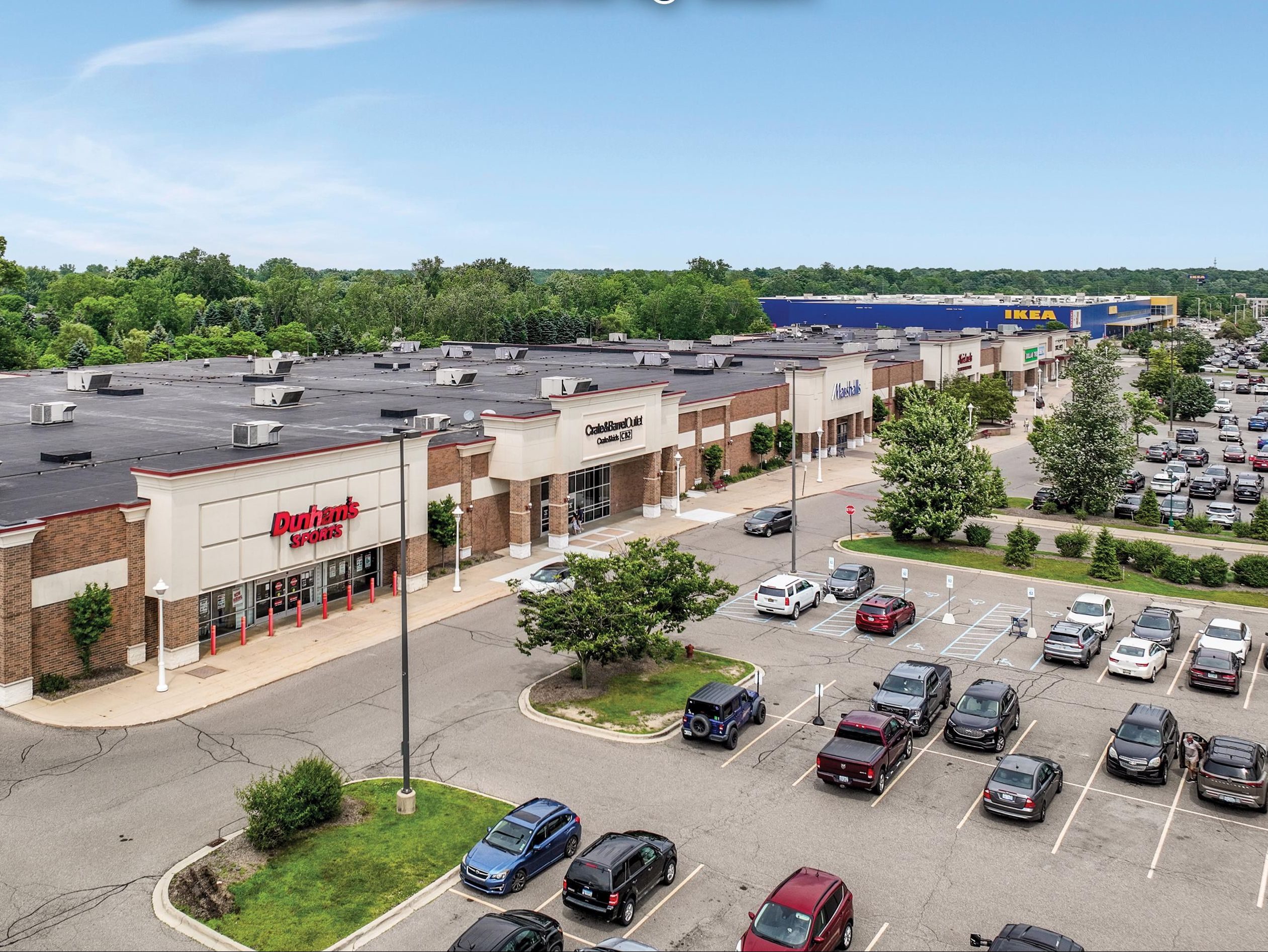
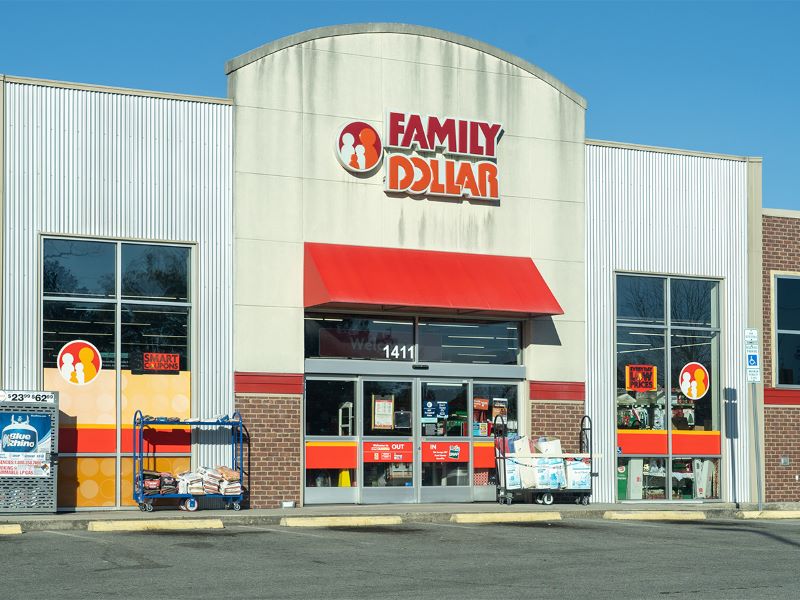
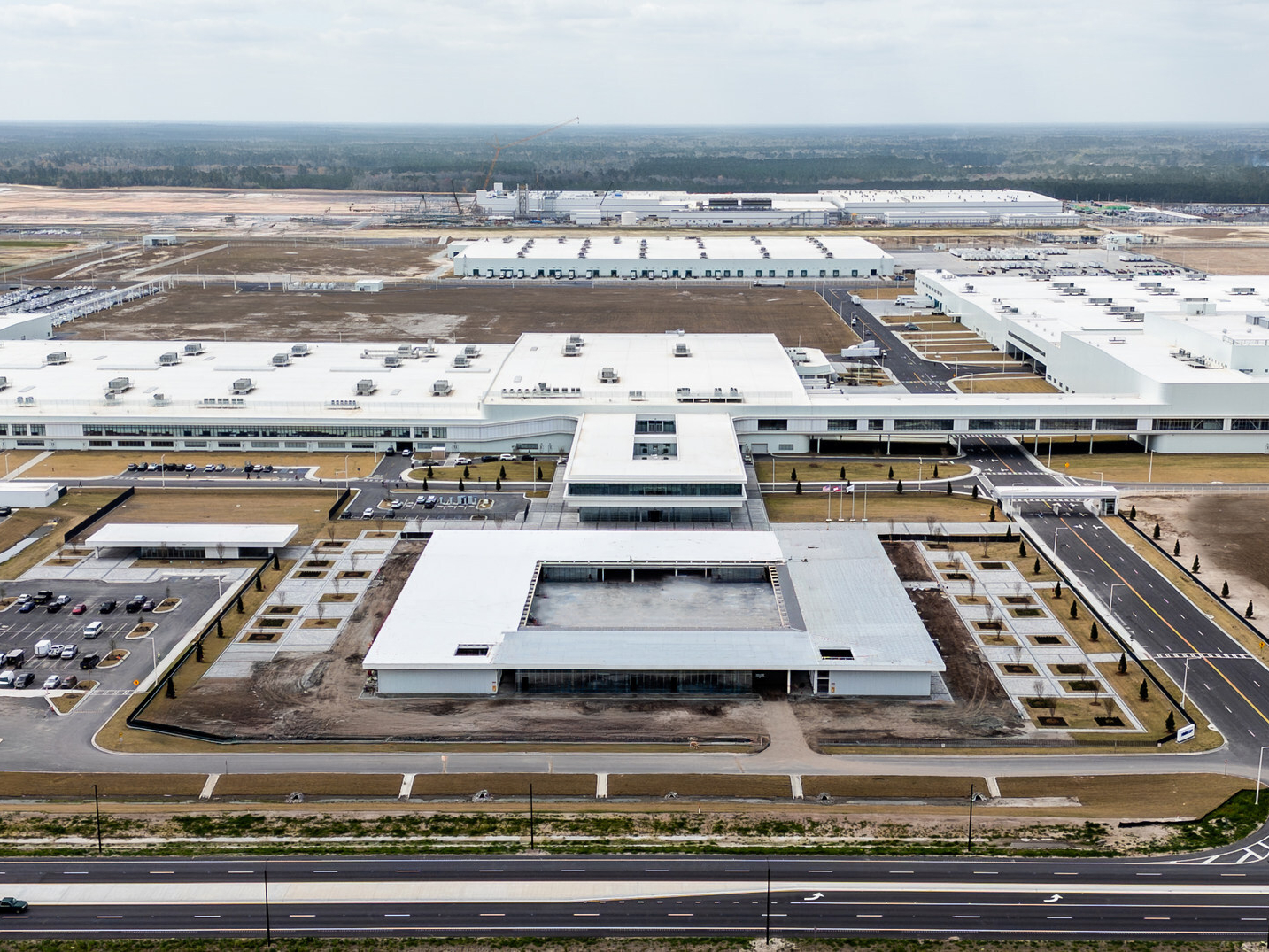
You must be logged in to post a comment.